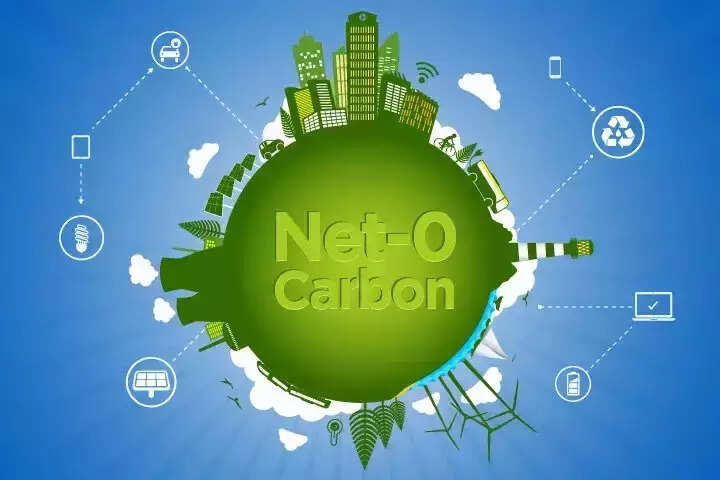
The economic benefits of India stepping up its transition to climate neutrality by 2070 are immense—boost of up to 4.7% to the annual GDP by 2036 and creating some 15 million new jobs by 2047, according to a report by the High-Level Policy Commission on Getting Asia to Net Zero. The benefits are even greater if India reaches net zero carbon emissions by 2050, said the report released on Friday.
The High-Level Policy Commission on Getting Asia to Net Zero was constituted by Asia Society Policy Institute, a New York-based think tank.
The report was released by members of the commission–Asia Society global CEO and former Australian Prime Minister Kevin Rudd, former UN Secretary General Ban Ki-Moon and Vivek Pathak, head of climate business at International Finance Corporation (IFC). This is the first report by the Commission.
Rudd told ET that the objective is to be “helpful and supporting governments to get to net zero. And to do so not just with earnest moral wishes but to do so with econometric modelling that demonstrates how it can be done that is consistent with continued economic growth”.
Earlier this month, the Cabinet approved India’s updated nationally determined contributions (NDC) that are to be submitted ahead of the September 23 deadline by the UN Framework Convention on Climate Change (UNFCCC).
The enhanced goals draw on the prime minister’s announcements at COP26 in Glasgow but do not include all of them. “Most sensible governments under promise and over deliver. I expect the same from the government of India,” said the former Australian PM. The report’s foreword by the commissioners take note of the updated NDC.
The report comes as the government is working on drawing up and finalising India’s long-term strategy (LTS) for submission to the UNFCCC. Describing the NDC and LTS as the “twin pillars of credibility of the entire UNFCCC framework”, Rudd said that without these two foundational documents “the credibility of the nation-state’s participation in the global effort to tackle climate change collapses”.
India has been vocal about its developmental challenges and the need for support to ramp up its climate ambitions, even as it meets basic developmental requirements of its population. Rudd, and the report, acknowledge that India cannot make the transition without impacting developmental needs in the absence of international financial and technological support.
At the same time, Rudd stressed that the transition is a challenge and opportunity. “There are three big things staring at the world economy–energy security in terms of international fossil fuel supplies, supply chain disruptions, and consumers increasingly demanding green supply chains,” said Rudd. Given this, and that the world is demanding manufactured goods, India has the opportunity to ride a whole new wave of manufacturing that is less carbon intensive.
“A choice between dealing with older plant and equipment in China, which is much less carbon-friendly, or newly installed renewable capacity in India, the current geopolitical scenario with the selected economic decoupling of parts of the world with China, and the supply chain resilience question—put together it potentially puts India in a new winning position in terms of engineering the transformation,” said Rudd.
Optimistic about India, the former Australian PM said, “on one side, we see massive economic and energy transition, on the other we see a massive opportunity. It depends therefore, which way you look at it. What I am impressed by is that Prime Minister Modi has chosen to look at as the latter.”.